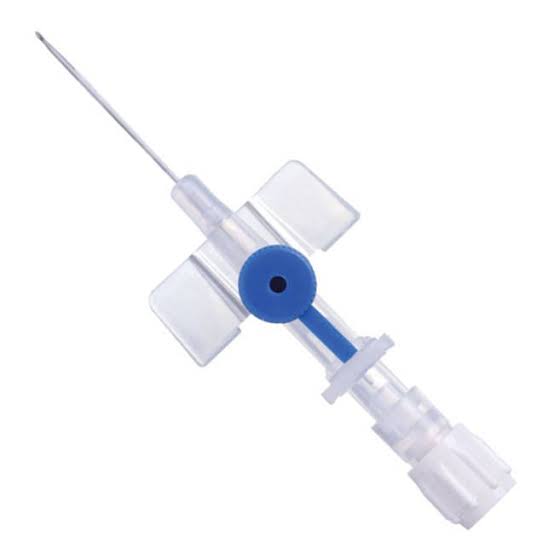Your cart is currently empty!
BRANULA 22 NO. SHIFA
₨ 140
This is an intravenous (IV) cannula used for administering fluids, medications, or for drawing blood. The gauge (22G) indicates the size of the cannula, which is suitable for most adult patients.
1 in stock
Description
Understanding the 22G Intravenous (IV) CannulaIntroduction
Intravenous (IV) cannulas are essential tools in medical practice, used for a variety of purposes including administering fluids, medications, and drawing blood. The 22G IV cannula is a specific type of cannula that is particularly suitable for most adult patients due to its size and versatility.
What is an IV Cannula?
An IV cannula is a thin, flexible tube that is inserted into a vein to provide access to the bloodstream. This allows healthcare providers to deliver fluids, medications, and other treatments directly into the bloodstream, ensuring rapid and efficient absorption. Additionally, IV cannulas can be used to draw blood for diagnostic tests.
Gauge Size and Its Importance
The gauge (G) of an IV cannula refers to the size of the needle and catheter. The 22G cannula is a mid-sized option that strikes a balance between ease of insertion and flow rate. It is widely used in adult patients for various medical procedures due to its optimal size.
Uses of the 22G IV Cannula
Administering Fluids: The 22G cannula is commonly used to administer fluids such as saline, dextrose, and other intravenous solutions. This is crucial for treating dehydration, maintaining electrolyte balance, and providing nutritional support.
Medication Delivery: Medications that need to be administered intravenously, such as antibiotics, pain relievers, and chemotherapy drugs, can be delivered efficiently using a 22G cannula. This ensures that the medication reaches the bloodstream quickly and starts working promptly.
Drawing Blood: The 22G cannula is also suitable for drawing blood samples for laboratory tests. Its size allows for a smooth and relatively painless blood draw, making it a preferred choice in many clinical settings.
Insertion Procedure
The insertion of an IV cannula requires precision and care to minimize discomfort and avoid complications. The typical procedure involves:
Preparation: The healthcare provider selects an appropriate vein, usually in the arm or hand, and cleans the area with an antiseptic solution to reduce the risk of infection.
Insertion: The needle attached to the cannula is gently inserted into the vein at a slight angle. Once the needle is correctly positioned, the catheter is advanced into the vein, and the needle is withdrawn, leaving the catheter in place.
Securing the Cannula: After insertion, the cannula is secured to the skin using adhesive tape or a transparent dressing to prevent movement and ensure stability during use.
Conclusion
The 22G IV cannula is a versatile and essential tool in modern medical practice, suitable for a wide range of procedures in adult patients. Its optimal size makes it ideal for administering fluids, medications, and drawing blood, ensuring efficient and effective patient care.



